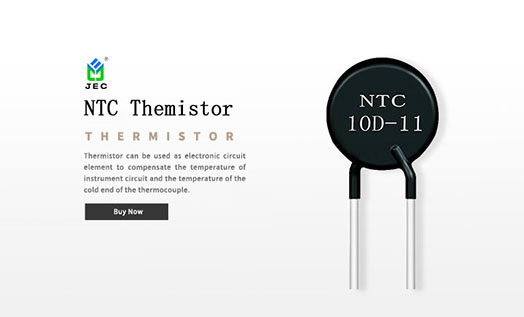Jun. 05, 2025
In the course of using electronic devices, unexpected malfunctions can occur even under normal operation. Symptoms like crackling noises, performance lags, or sudden circuit failures—such as short circuits—are not uncommon.
When dealing with electrical faults, many people confuse “short circuit” and “short connection.” Though they sound similar, their meanings and consequences are quite different.
1. What's the Difference?
Short Circuit
A short circuit occurs when the electric current bypasses part of the load and flows directly from the power supply’s positive terminal to the negative terminal. In simple terms, the current takes a “shortcut” that disrupts the intended path of the circuit.
Short Connection
A short connection happens when two or more points in a circuit that shouldn't be directly connected are mistakenly or accidentally linked. This usually results from wiring errors or faulty components.
2. Different Consequences
Short Circuits Are More Dangerous
They cause a sudden surge in current, which generates excessive heat. This can lead to fire hazards and may damage components or burn the circuit board.
Short Connections Affect Functionality
These typically cause the device to malfunction or stop working, but do not usually damage the circuit unless left unresolved.
3. Common Scenarios
Short Connections often occur during repairs or modifications—for instance, when two components are incorrectly wired together.
Short Circuits are more likely to happen due to aging equipment, physical damage, or insulation breakdowns—like when exposed wires accidentally touch.

4. What Happens When a Thermistor Fails?
When a thermistor (a temperature-sensitive resistor) fails, it could result in either a short circuit or a short connection depending on the cause:
Short Circuit:
Caused by high current or overheating that damages the thermistor’s materials, resulting in internal conduction that bypasses normal resistance.
Short Connection:
Caused by improper installation, loose solder joints, or physical impact (like vibration), which may lead to the leads touching or connecting improperly.
In Summary:
While “short circuit” and “short connection” may sound similar, their underlying causes, effects, and solutions are very different. Understanding these distinctions is key to diagnosing and fixing circuit problems.
Thermistors, like many electronic components, can fail in multiple ways. Correctly identifying the fault type is essential to choosing the right repair approach.
This article is provided by JYH HSU (JEC) Electronics. JEC is a research, development, production, and sales-oriented company specializing in manufacturing and selling various electronic components such as capacitors and resistors.

How Ceramic Capacitors Impact Leakage Current
Jun. 05, 2025

Connection Between Film Capacitors and Analog Circuits
Jun. 05, 2025

How to Check if a Thermistor Works Properly
Jun. 05, 2025
+86 181 2299 5593
+86 18122995593
+86 769 8831 3605
Beside Luchong Bridge, Hou Road, Caibai Village, Daojiao Town, Dongguan, Guangdong, China
Navigation